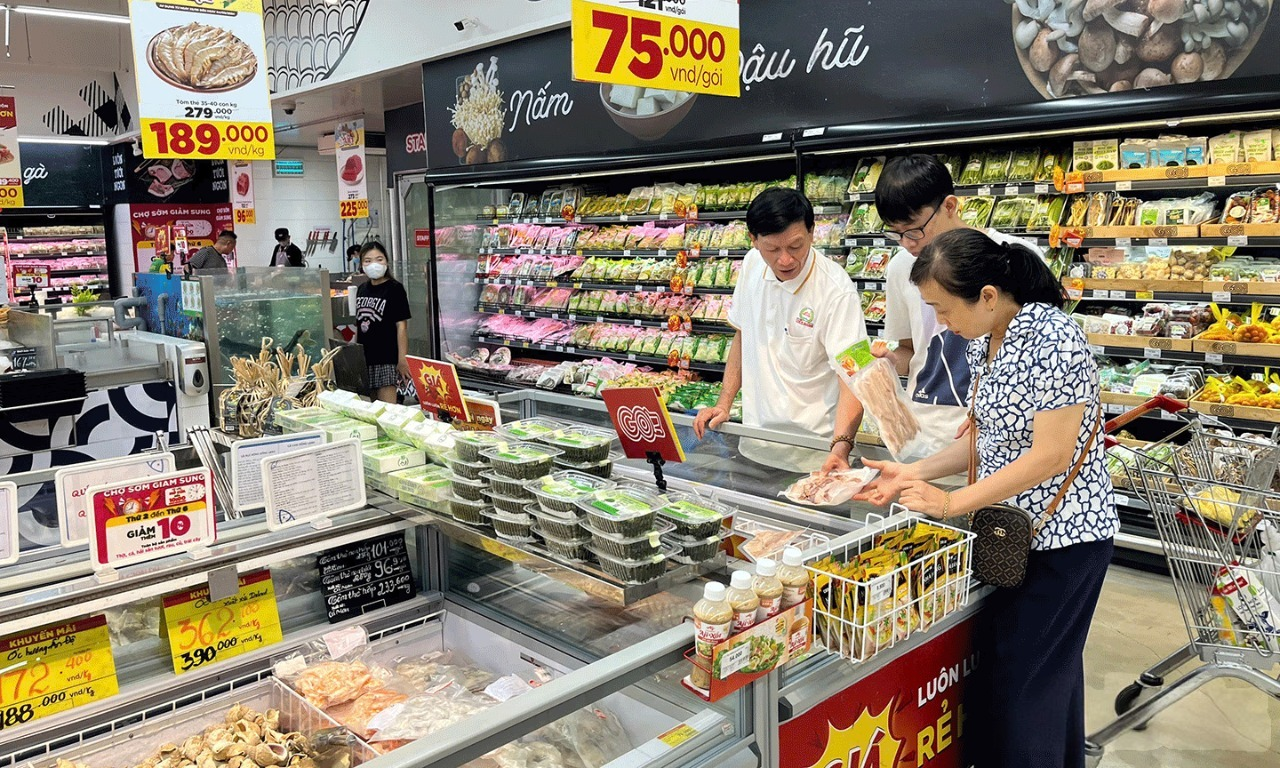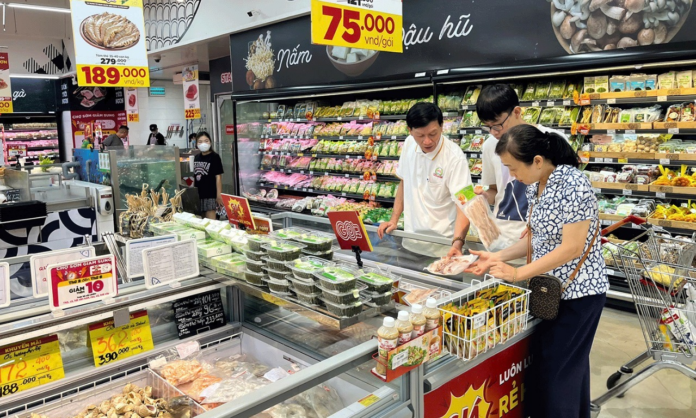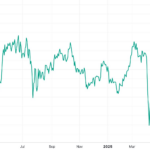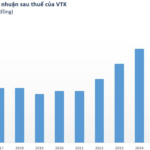
Frozen food section at a supermarket in My Tho ward, Dong Thap province – Illustrative image
|
When profit and happiness align
In some industries, profit is not just a financial figure but also the result of customer satisfaction. The organic food industry is a prime example. According to a Nielsen survey, nearly 90% of Vietnamese consumers are willing to pay a premium for “green and clean” products because they feel it is “worth the money”.
This survey also shows that currently, 24% of consumers use organic food every day, and the majority of the rest maintain a consistent weekly frequency. Ms. Lan, a homemaker in Hanoi, shared: “Using organic food, I find meals tastier, family health improved, and spirits lifted.”
Pressure from increasingly discerning consumers forces businesses to raise standards, and this, in turn, opens up growth opportunities. A large fast-moving consumer goods (FMCG) company recorded a gross profit margin of 46.7% in Q1/2025, thanks to focusing on high-quality products.
It’s not just the food or essential consumer goods industries; even tech-heavy sectors like smartphones and telecommunications are moving in a similar direction. Mr. Minh, a consumer in Ho Chi Minh City, said he is willing to spend more on a high-performance smartphone: “It’s not just for personal enjoyment, but also to support work and provide a more complete entertainment experience.”
5G network providers are also shifting from price competition to focusing on network coverage quality and after-sales service, indicating that profit and user experience can go hand in hand when businesses put customers at the center.
Profit from restraint
On the flip side, profit is not always the result of serving consumers better. In some industries, market mechanisms limit choices and create information asymmetry, leaving consumers with little bargaining power.
The textbook industry is a classic example. With standardized content, parents have almost no alternative options. Textbook prices increased by 3-4 times for the 2020-2021 school year, and the industry’s revenue reached hundreds of billions of VND each year. Mr. Khanh, a parent in Bac Ninh, complained: “A first-grader usually needs two sets of textbooks – one for school and one for home tutoring. The books are expensive, large in size, heavy, and beautifully printed, but sometimes not really necessary.”
A large publisher’s 2024 financial report showed revenue exceeding VND 3,100 billion and pre-tax profits of nearly VND 400 billion – the highest ever. But for parents like Mr. Nam in Quang Ngai, these figures represent something else: “High profits indicate market scale, but they also mean significant financial pressure for millions of families, especially when considering supplementary books and workbooks.”
The electricity industry works similarly. With EVN accounting for about 37% of the country’s total power capacity, consumers cannot choose another provider. Electricity prices increased by 4.8% in May 2025, resulting in higher monthly expenses for households. Most consumers can only reduce their consumption rather than switch to a more affordable service.
Mr. Nhan, an office worker in Danang, suggested: “The electricity industry is unique, but if there were a mechanism for private sector competition, they could bring electricity to households through renewable energy and new storage technologies. Don’t underestimate the creativity of the private sector.” From another perspective, Mr. Tuan, an investor, shared: “Competition drives improvement. Every industry needs a mechanism for comparison and choice because it’s the only way for suppliers to strive to do better.”
Profit facing social controversy
Some industries generate profits from socially controversial products, such as tobacco, alcohol, and online gaming, facing concerns about community health and consumer behavior.
A tobacco monopoly recorded after-tax profits of over VND 1,500 billion in 2024, averaging VND 4 billion per day. But Ms. Thu, a garment worker in Dong Nai, wondered: “Can these profits offset healthcare costs and the impact on community health?” However, the policy to increase tobacco taxes from VND 2,000 to VND 10,000 per pack over five years shows a response to social pressure. It is predicted that the total output of the tobacco industry could decrease by up to 50% after 2026.
The beverage industry also faces similar pressure. Vietnam consumed 4.4 billion liters of beer in 2024. A “giant” in the industry recorded a profit of VND 6,500 billion, a 26% increase from 2023, but still lower than pre-pandemic levels. This is accompanied by stringent policies such as tax increases and penalties for drunk driving. Nevertheless, there are diverse perspectives on this issue. Mr. Binh, a bank employee in Can Tho, shared: “When used in moderation, beer and alcohol can act as social lubricants, helping people open up and share more in their work.”
Meanwhile, Ms. Bich, an accountant in Haiphong, looked at the issue from a legal standpoint: “As long as they comply with regulations and pay taxes in full, these enterprises are also contributing to society.” An IT specialist like Mr. Viet in Ho Chi Minh City emphasized the market aspect: “Where there’s demand, there’s supply. If they don’t sell it here, someone else will import it.”
These perspectives show that not all enterprises can determine the legitimacy of their profits. In sensitive industries, profit is not just a business outcome but also a measure of social acceptance, which doesn’t always align with financial reports.
In conclusion, corporate profits and consumer happiness do not always go hand in hand. When quality and transparency are prioritized, both sides benefit. But in markets with limited choices or controversial products, the gap between these two values can widen.
Respecting consumers’ right to choose is not only the responsibility of businesses but also the foundation of a sustainable market, where true happiness stems from freedom and respect.
“Consumer Happiness: The Metric that Drives Profitable Growth”
Profit and consumer satisfaction: a delicate dance, often out of sync. What, then, is the key to balancing these seemingly opposing forces?
A Record-Breaking Profit: Viettel Announces 15% Cash Dividend Payout
This business doesn’t just boast a consistent cash dividend policy, but its financial performance is also relatively impressive.





















